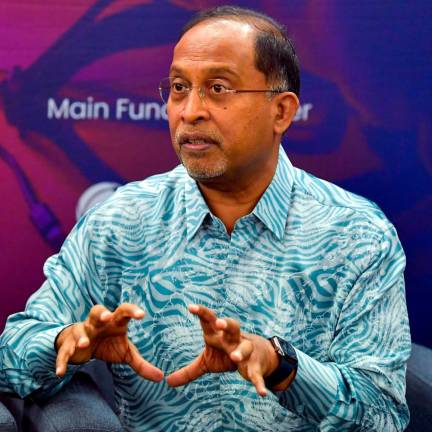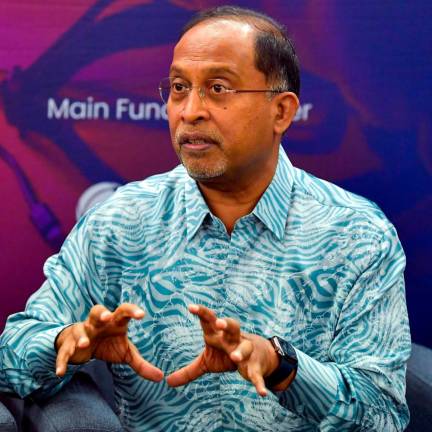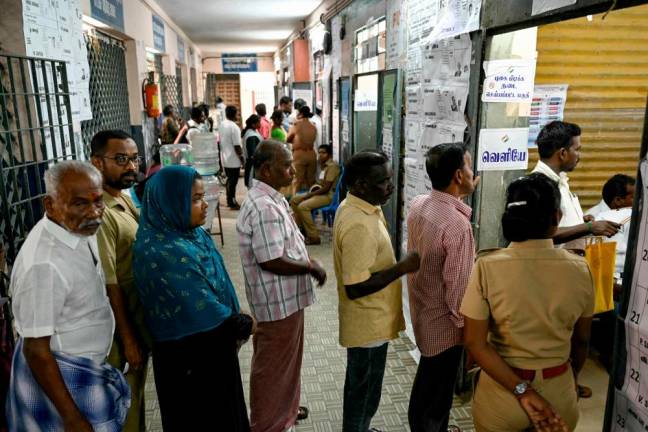I WAS born in Singapore. Although I studied in Kuala Lumpur, my two sisters and I spent every August across the Causeway – first, to celebrate our maternal grandfather’s birthday and second, to enjoy the school holiday with 23 cousins who lived in adjoining houses, next to my grandfather’s, located on two parallel roads.
Despite frequent visits to the republic to see family and friends throughout the years and diligently reading The Straits Times, Singapore remains an enigma.
Two recent incidents confounded me.
First, last October, Vertex Ventures announced an investment in a one-year-old company Binance to develop a fiat-to-cryptocurrency exchange in Singapore. Vertex Ventures is the venture capital arm of Singapore state investment firm, Temasek Holdings.
Like its share-trading counterpart, a cryptocurrency exchange allows investors to buy or sell digital currencies, known as cryptocurrencies, for cash or other digital currencies.
Binance will allow users to swap digital currencies into Singapore dollars, newspaper reports say. Since hitting a late December (2017) high of almost US$20,000, Bitcoin has lost 67% of its value, a Bloomberg article says. Additionally, Binance has had run-ins with authorities in Japan, Hong Kong and New York, Bloomberg adds.
I was stunned. Why would those tasked with safeguarding the republic’s investments allow digital currencies – whose value is extremely volatile and difficult to ascertain – to be exchanged for an ultra-strong Singapore dollar?
How will such an investment benefit Singaporeans? Will fees on this cryptocurrency exchange be paid in Bitcoins or Singapore dollars?
Second, on Jan 28 this year, Prime Minister Lee Hsien Loong launched the Singapore Bicentennial – 200 years after Sir Stamford Raffles landed in Singapore.
What is puzzling is the organisers stress the Singapore Bicentennial is a commemoration.
This prompts several questions.
What is the difference between a commemoration and a celebration? “Because of Raffles, Singapore became a British colony, a free port, and a modern city,” Prime Minister Lee Hsien Loong said.
Why commemorate Singapore’s accession as a British colony?
In his speech at the launch of the Singapore Bicentennial, Lee acknowledged Raffles didn’t “discover” Singapore. According to the Sejarah Melayu, Sang Nila Utama found the island in 1299, saw a beast that was supposedly a lion, and named his discovery Singapura or city of lions.
In 1819, Raffles “persuaded the Sultan of Johor to allow the British East India Company (EIC) to establish a trading post in Singapore. That was a crucial turning point in our history. It set this island on a trajectory leading to where we are today,” Lee said.
“Thus 1819 marked the beginning of a modern, outward-looking and multicultural Singapore. Without 1819, we may never have launched on the path to nationhood as we know it today,” Lee said.
Why is Singapore commemorating the date Raffles landed on the island rather than Feb 6, 1819? On this date, Sultan Hussein Shah of Johor and the temenggong signed an agreement allowing Raffles to set up a trading post in Singapore.
Wikipedia notes the sultan and the temenggong signed another agreement with Raffles on June 7, 1823 that brought the entire island under British rule in return for lifelong payments of US$1,500 and US$800 respectively. Shouldn’t June 7, 1823 be commemorated?
According to Encyclopaedia Britannica, the then ruler of Johor-Riau was Sultan Abdul Rahman who was under Dutch influence. Mindful of instructions by EIC superiors not to offend the Dutch, Raffles withdrew his recognition of Abdul Rahman’s suzerainty and installed Abdul Rahman’s elder brother Hussein as the sultan to facilitate the validity of the legal agreement.
Given this switch in recognition, should Raffles be considered a legal trickster or a hero?
Why does Singapore attribute its success to Raffles?
Encyclopaedia Britannica states Singapore’s success was due to the opening of the Suez Canal in 1869, the advent of steamships and the economic growth of Malaya.
“The demand of the Industrial West for tin and rubber was what made Singapore one of the greatest ports in the world,” the encyclopaedia notes.
Why does the Singapore Bicentennial’s logo reflect the island’s 720-year history dating from Sang Nila Utama’s arrival on the island in 1299?
Comprising seven red poly-shapes, each representing one century, symbolising “the island’s transformation through time, adapting and evolving to become present-day Singapore,” the Singapore Bicentennial Office said in a statement.
Is the logo intended to avoid the notion that Singapore is commemorating the advent of colonialism?
“Colonialism was always inherently, fundamentally, structurally unethical and corrupt, even in its supposedly most ‘enlightened’ manifestations. ... A proper inspection of Raffles’ record in Southeast Asia makes it plain that any claims made for his own enlightenment and benignity are shaky, to say the least,” historian Tim Hannigan told Tom Benner of Al Jazeera News.
Does Singapore’s benign view of colonialism stem from its lack of mineral resources and a population comprising 74.3% Chinese which negated Britain’s infamous divide-and-rule policy.
Opinions expressed in this article are the personal views of the writer and should not be attributed to any organisation she is connected with. Feedback: siokchoo@thesundaily.com














